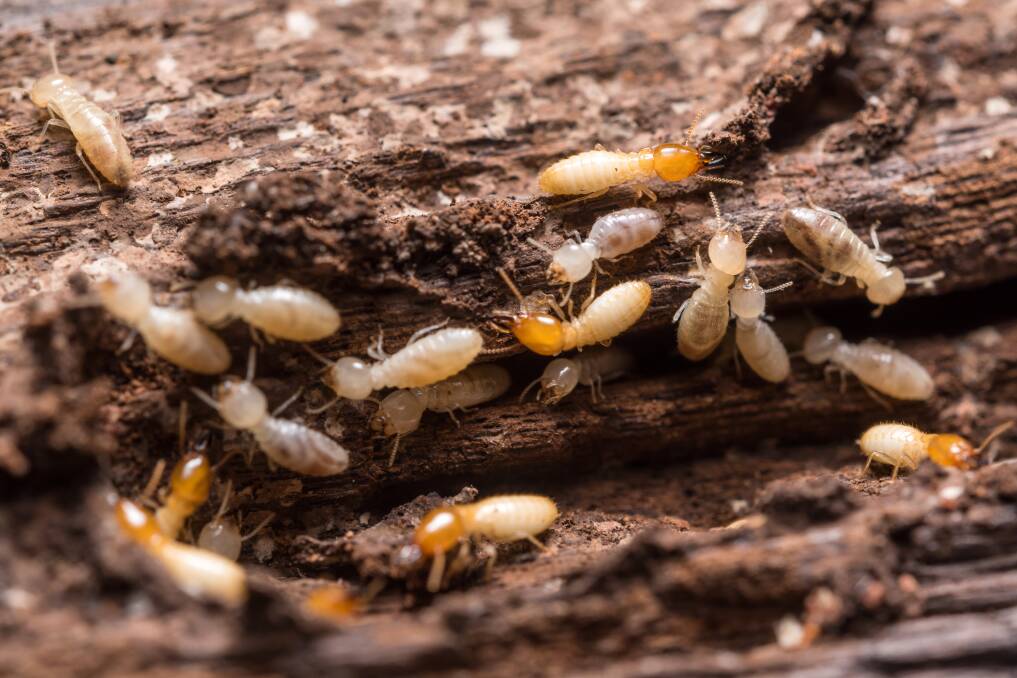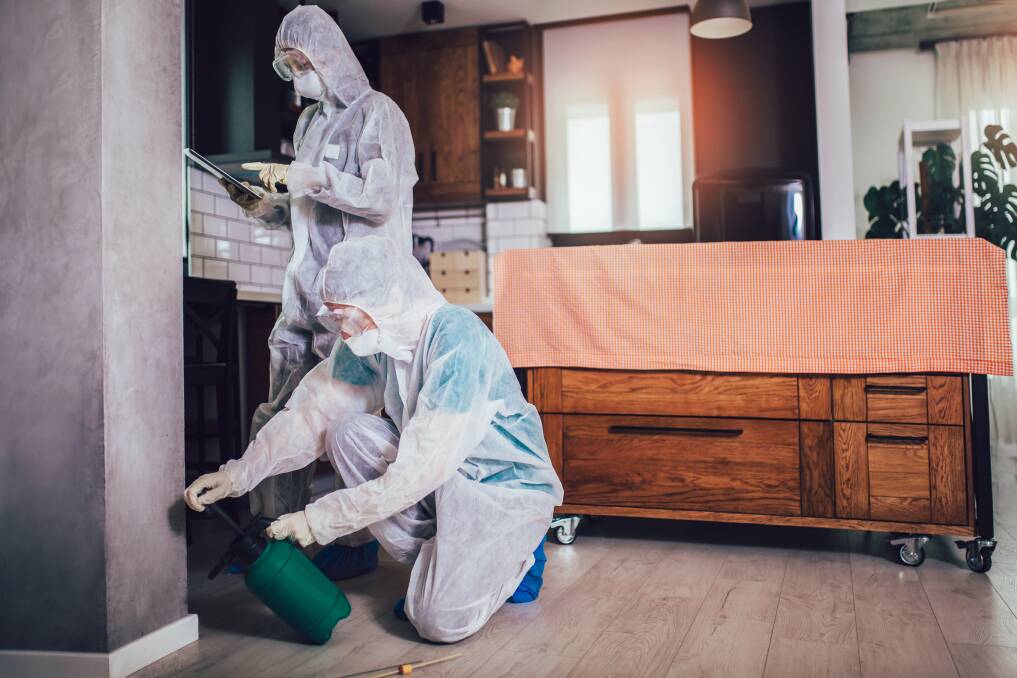Why regular termite treatments are essential

This is branded content.
Termites are some of the most common pests that impact homes and businesses.
Colonies of termites are known to cause major structural damages. Often, these lead to a structural collapse that requires a lot of time and money for repairs.
Moreover, termites can cause allergies to humans. This may happen when the termites disturb mould and mildew growth in the wood they feast in.
When the spores are released, people breathe in the spores, thus setting off allergic reactions. There's also the issue of termite bites.
Although they're non-toxic, termite bites still sting, distressing residents or employees.
Given these situations, many people do their best to get rid of the termites in their houses and workplaces.
For this purpose, homeowners and entrepreneurs carefully look for the right type of termite treatment for their needs with the help of professionals.
But before you explore the various types of treatment, you may want to first learn about the reasons regular termite treatments are essential:
1. Prevent the recurrence Of termite infestation
Termite treatments are often the most efficient way to get rid of termites. However, because some termite colonies nest underground, these pests can resurface after several months or even weeks.
To solve this, most homeowners seek the help of professional termite exterminators that offer a variety of solutions, such as Termite Treatments by Pest-Ex.
To prevent the recurrence of termite infestation, most terminators conduct termite control every five years.
In some cases, termite treatment needs to be applied earlier than planned because termites can act fast and cause damages quickly.
To help you decide whether a treatment is already necessary, watch out for these signs:
- bubbling paint
- wooden jambs and studs with kick-out holes
- damaged wood trims
- loose tiles
- presence of winged termites
With regular termite treatments, building owners can effectively prevent the rapid destruction of their properties.
These procedures can help them avoid further structural damages. This is important since termite mounds and colonies will be more difficult to eradicate when they're already full-blown.
2. Fight active yet hidden infestations
Termites can damage a building silently. At times, a seemingly undamaged structure may already have its beams, jambs, and ceilings already chipped and holed out by termites upon closer look.
This situation calls for termite treatments. Regular treatment, will help to:
- discover underground nests
- detect nests and mounds while they're still in the early stages of development
- can dissolve and get rid of smaller nests
- gets rid of typical termites breeding places

3. Help you save money
Because termite control prevents major structural damages from happening, building owners can save money on repairs and renovation.
Moreover, treatments may be cheaper for frequent check-ups because these involve termite problems that are more manageable than a late-stage termite infestation.
If you want to maximise the money you save, you may consider choosing exterminators.
They can provide a vast range of termite control services, such as liquid-soil termiticides, wood treatments, and termites baits and traps.
4. Ensure structural integrity
Queen termites lay a regular number of eggs each day. Typically, after laying 6 to 12 eggs, a new colony is formed.
In 10 years, queen termites reach their peak egg production. When this happens, they will already have formed large mounds and underground nests within and under a structure.
These situations generally lead to massive, if not entire, structural damages.
Regular termite treatments are necessary to ensure that a building's structure retains its durability and strength.
This way, buildings can prevent further damages and collapse. Apart from deep cleaning and thorough inspection, treatments can also help exterminators locate spaces used as breeding grounds for termites.
These include dampened wooden parts of the house and vines, bushes, and hedges attached to vents.
With buildings situated in farms or tilled lands, farmworkers may consider controlled traffic farming, as it's believed to address termite-related issues.
Wrapping up
To ensure an optimal anti-termite solution for different types of buildings, building owners often opt for regular termite treatments.
Of course, the frequency of these treatments can vary depending on each situation. In some cases, buildings may require instant termite solutions because of apparent and significant termite problems.
Others can follow the suggested biannual treatment.
Suppose you're having recurring termite troubles at home. In that case, you may try to seek professional exterminators or pest control services companies to address your termite problem.
You may also do it yourself if you think you have the tools, skills, and materials to apply the proper treatment in your home. Think about the points and insights you've gained in this article to guide you in the process.


